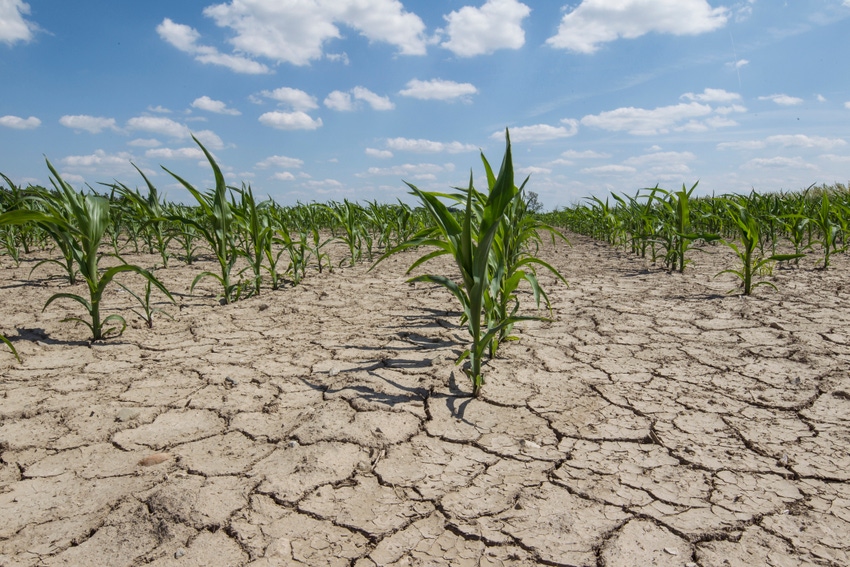Only 6% of the U.S. is currently experiencing a topsoil moisture surplus.

The latest U.S. Drought Monitor showed 27.46% of the U.S. is currently experiencing some level of drought. This was up from 25.77% the prior week.
According to American Farm Bureau Federation (AFBF), roughly two-thirds of the Western U.S. is experiencing drought, with key cattle regions some of the worst hit. Oklahoma and Texas are experiencing drought, as well as Colorado and parts of Kansas and Nebraska, AFBF noted.
The U.S. Department of Agriculture reported this week that pasture and rangeland conditions continue to deteriorate.
“We are seeing our lowest rangeland and pasture conditions nationally since the drought year of 2012,” USDA meteorologist Brad Rippey relayed.
The percentage of acres now rated good/excellent has fallen to 36%, down 5% from the prior week. Pasture and rangeland in very poor/poor condition is now at 30%, a 2% rise from last week.
Rippey said the northern half of the country and the east still has pasture in pretty decent shape. Conditions in the Southwest as well as some parts of the East are a different story, he added.
“Pretty much following where the topsoil moisture is short. Nationally, we see New Mexico leading—58% very poor/poor on the pastures and rangelands, followed by California at 55% and Oregon at 54%.”
Currently only 6% of the U.S. has a topsoil surplus while 36% of the topsoil moisture is very short/short.
There are only two states that have topsoil moisture 20% or greater surplus. Mississippi at 20% and Maryland at 21% surplus.
“A lot of the dryness is focused across the Southern Plains, westward to the Pacific Coast. We’re seeing topsoil moisture numbers at least 50% very short/short in a number of western states.”
However, there are also parts in the eastern Corn Belt currently experiencing dryness and drought.
A recent heatwave has further exacerbated the dryness across the Southwest, particularly in parts of West Texas.
“It is taking a severe toll on rangeland, pastures and both irrigated and rain fed summer crops as the heat continues.”
USDA’s “Weekly Weather and Crop Bulletin” noted that portions of the Midwest did receive beneficial showers recently as summer crops entered the heat- and moisture-sensitive reproductive stage of development.
USDA’s crop progress report for the week ending July 12 showed corn and soybean conditions deteriorated more than anticipated. Corn crop quality fell from 71% of the crop rated in good-to-excellent condition to 69%. Soybeans took an even bigger step down, moving from 71% rated in good-to-excellent condition to 68%.
In separate weather-related news, after having established El Niño conditions back in late 2018, Planalytics reported that signs of a change have been increasing in recent months.
“Ocean temperatures have cooled considerably in that area and longer-range models have been increasingly suggesting an earlier transition to La Niña conditions, possibly by the fall,” the company noted. “As La Niña has historically tended to bring warmer and drier conditions than normal for most key growing areas, this bears continued watching.”
About the Author(s)
You May Also Like




.png?width=300&auto=webp&quality=80&disable=upscale)
